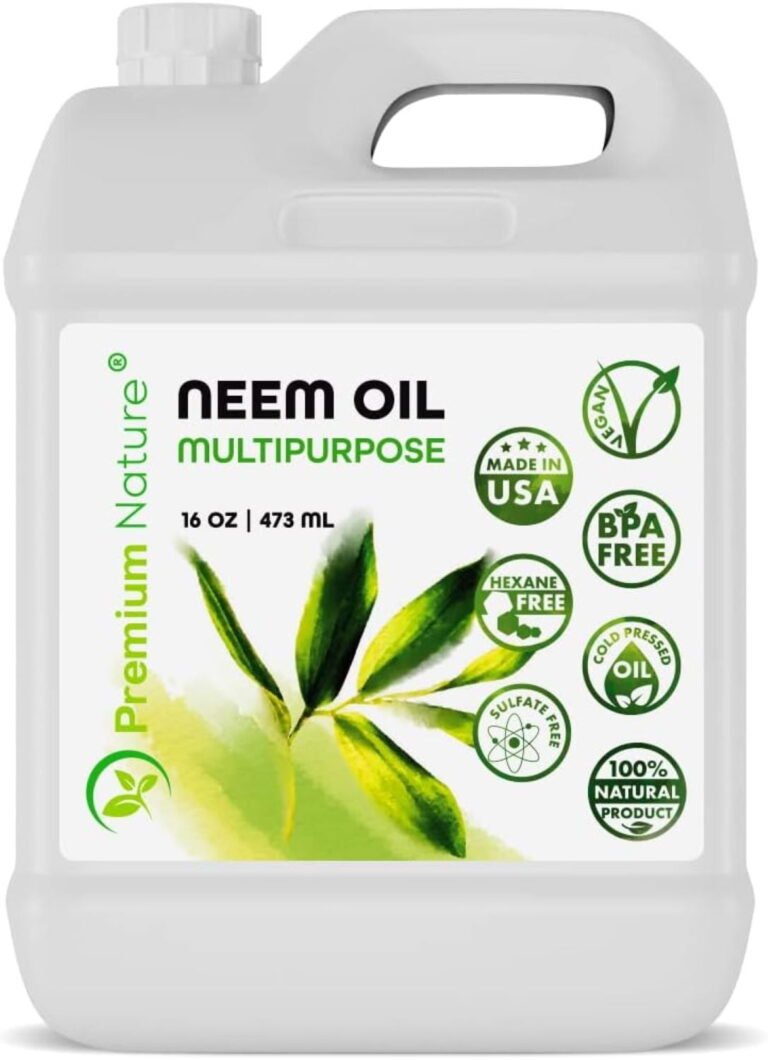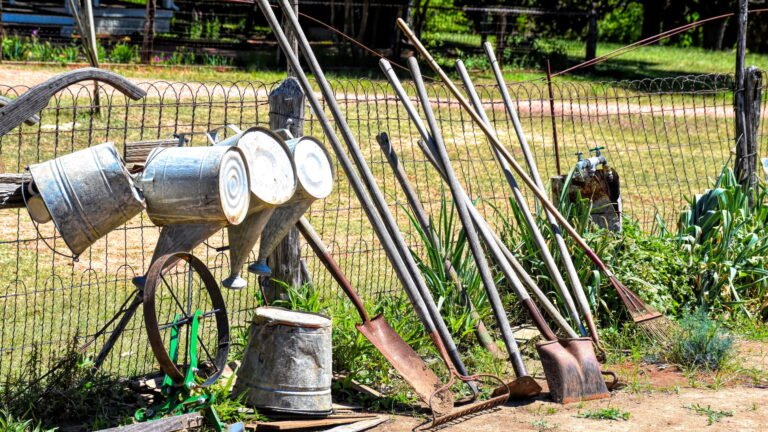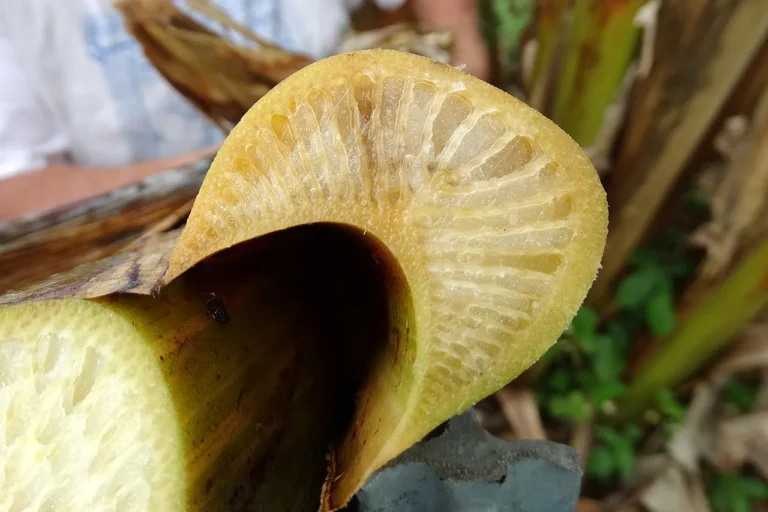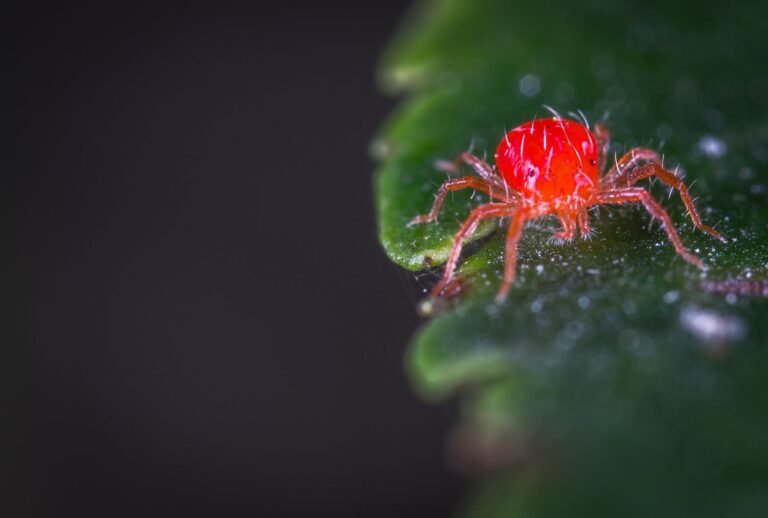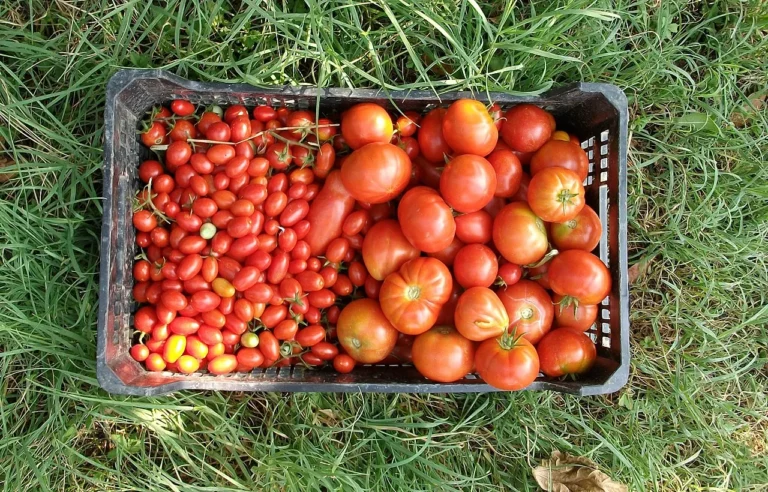Unveiling the Underground Network: The Benefits of Mycelium in Gardening
Mycelium, often referred to as nature’s internet, is an integral part of the soil ecosystem. This complex network of fungal threads, invisible to the naked eye, plays a crucial role in nutrient cycling and contributes significantly to the health and growth of plants. But what exactly is mycelium in gardening, and how does it function in our gardens? Let’s delve into the fascinating world of this underground network.
Understanding Mycelium

Mycelium is the vegetative part of a fungus, consisting of a mass of branching, thread-like hyphae. These hyphae form intricate networks in the soil, connecting different plants and helping them communicate and share resources. This underground network is so vast that it can span acres, making it one of the largest living organisms on Earth.
The Role of Mycelium in Soil Health
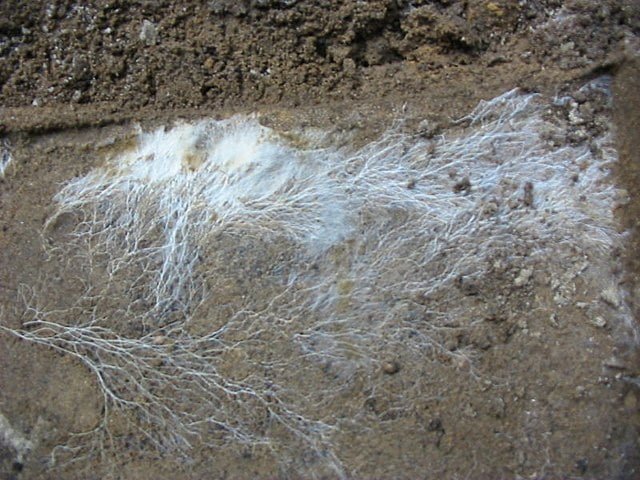
Mycelium acts as a natural soil conditioner. It breaks down organic matter into nutrients that plants can absorb, improving soil fertility. This process, known as mineralization, is crucial for nutrient cycling in the ecosystem. By decomposing organic matter, mycelium releases essential nutrients like nitrogen, phosphorus, and potassium back into the soil, making them available for plant uptake.
Additionally, mycelium enhances soil structure. It forms a dense network in the soil, creating spaces that allow for better water infiltration and retention. This improved soil structure promotes aeration, essential for root respiration, and helps prevent soil erosion, maintaining the overall health of your garden.
Mycelium and Plant Health
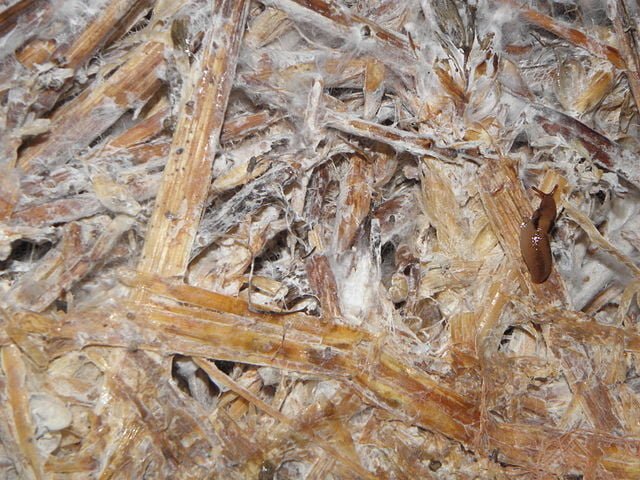
Mycelium forms symbiotic relationships with plant roots, known as mycorrhizal associations. In these associations, the mycelium acts as an extension of the plant’s root system, increasing its reach and absorption capacity. This symbiotic relationship allows plants to access nutrients and water from a larger soil volume, leading to healthier, more robust plants.
Moreover, mycelium can protect plants from diseases. It produces antibiotics that suppress harmful soil pathogens, reducing the risk of plant disease. This natural defense mechanism can help your garden thrive, even in challenging conditions
Incorporating Mycelium into Your Garden
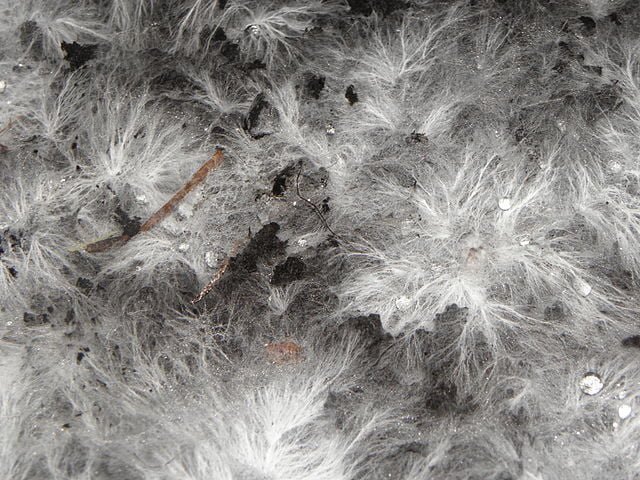
Incorporating mycelium into your garden can be as simple as adding mycorrhizal fungi products to your soil or compost. These products, available in most garden centers, contain beneficial fungi that can colonize your garden soil, enhancing its fertility and structure.
When adding mycorrhizal fungi to your garden, it’s essential to consider your plants’ specific needs. Different plants form associations with different types of fungi, so choose a product that matches your garden’s plant diversity.
Mycelium: A Sustainable Gardening Practice

Embracing mycelium in gardening contributes to sustainable practices. It reduces the need for chemical fertilizers, as the fungi naturally enrich the soil with essential nutrients. Moreover, by improving soil structure and water retention, mycelium reduces water usage, contributing to water conservation.
Mycelium also promotes biodiversity. It forms connections between different plants, creating a balanced, interconnected ecosystem. This biodiversity is crucial for a healthy garden, as it helps control pests and diseases naturally.
Furthermore, mycelium aids in carbon sequestration. By decomposing organic matter, it locks carbon into the soil, helping mitigate climate change. Thus, by incorporating mycelium into your garden, you’re not just cultivating a beautiful space but also contributing to a healthier planet.
Mycelium, the unsung hero of our garden ecosystems, holds immense potential for improving plant health and soil fertility. By understanding and harnessing its power, we can cultivate thriving, sustainable gardens. So, the next time you’re tending to your garden, remember that beneath your feet lies a vast, intricate network, silently working to support your gardening efforts.



